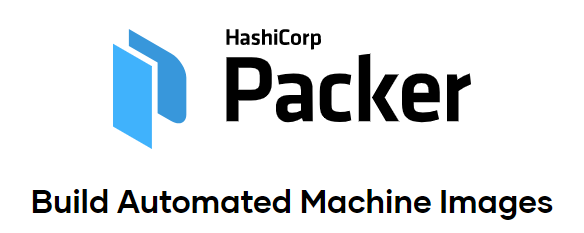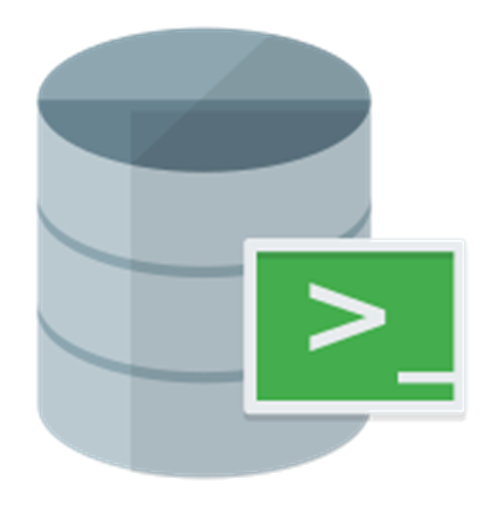A few days ago I wrote about some Vagrant Box Drama I was having. Martin Bach replied saying I should build my own Vagrant boxes. I’ve built Vagrant boxes manually before, as shown here.
The manual process is just boring, so I’ve tended to use other people’s Vagrant boxes, like “bento/oracle-8”, but then you are at the mercy of what they decide to include/exclude in their box. Martin replied again saying,
“Actually I thought the same until I finally managed to get around automating the whole lots with Packer and Ansible. Works like a dream now and with minimum effort”
Martin Bach
So that kind-of shamed me into taking a look at Packer. 🙂

I’d seen Packer before, but had not really spent any time playing with it, because I didn’t plan on being in the business of maintaining Vagrant box images. Recent events made me revisit that decision a little.
So over the weekend I spent some time playing with Packer. Packer can build all sorts of images, including Vagrant boxes (VirtualBox, VMware, Hyper-V etc.) and images for Cloud providers such as AWS, Azure and Oracle Cloud. I focused on trying to build a Vagrant box for Oracle Linux 8.2 + UEK, and only for a VirtualBox provider, as that’s what I needed.
The Packer docs are “functional”, but not that useful in my opinion. I got a lot more value from Google and digging around other people’s GitHub builds. As usual, you never find quite what you’re looking for, but there are pieces of interest, and ideas you can play with. I was kind-of hoping I could fork someone else’s repository and go from there, but it didn’t work out that way…
It was surprisingly easy to get something up and running. The biggest issue is time. You are doing a Kickstart installation for each test. Even for minimal installations that takes a while to complete, before you get to the point where you are testing your new “tweak”. If you can muscle your way through the boredom, you quickly get to something kind-of useful.
Eventually I got to something I was happy with and tested a bunch of my Vagrant builds against it, and it all seemed fine, so I then uploaded it to Vagrant Cloud.
I’ve already made some changes and uploaded a new version. 🙂
You will see a couple of older manually built boxes of mine under oraclebase. I’ll probably end up deleting those as they are possibly confusing, and definitely not maintained.
I’ve also altered all my OL8 Vagrant builds to use this box now.
You will also see a new sub-directory called “packer”. I think you can guess what’s in there. If I start to do more with this I may move it to its own repository, but for now this is fine.
I’m not really sure what else I will do with Packer from here. I will probably do an Oracle Linux 7 build, which will be very similar to what I already have. This first image is pretty large, as I’ve not paid much attention to reducing it’s size. I’ve looked at what some other builds do, and I’m not sure I agree with some of the stuff they remove. I’m sure I will alter my opinion on this over time.
I’m making no promises about these boxes. That same way I make no promised about any of my GitHub stuff. It’s stuff I’m playing around with, and I will mostly try to keep it up to date, but I’m not an expert and it’s not my job to maintain this. It’s just something that is useful for me, and if you like it, great. If not, there are lots of other places to look for inspiration. 🙂
Cheers
Tim…





